- Учителю
- Проектная работа по английскому языку The symbolism of the church
Проектная работа по английскому языку The symbolism of the church
The symbolism of the church: the church exterior and interior.
Contents:
I. Introduction.
II. Main body: The symbolism of the church
-
The church exterior
-
The shape of the church
-
Domes (cupolas)
-
The Cross
-
Types of the Cross
-
The symbolism of Christian victory
-
The sign of the cross
-
The church interior
-
Fathers
III. Conclusion
Introduction
There is a very interesting and useful tradition in our classical gymnasium to visit different Orthodox places in our country and even abroad. During these trips our students understand how rich the Orthodox culture is. They see churches - they were constructed by outstanding artists; they learn the names of the great Orthodox theologians of the past. What kind of people were they? Can we see their images in our church in Electrostal? Who built our temples? What do we people believing in GOD know about the Symbolism of the Orthodox Church, the Church exterior and interior? Whom do we call «father» in church and why? To answer all these and a lot of such questions is the aim of our work. We tried to give some information about definite problems and to connect it with our town orthodox life, our churches-particularly St. Andrei Rublyov church. We read a lot of useful and rather difficult literature, that is why we used special dictionaries and learnt a lot of new words and phrases. We translated texts from Russian into English, and from English into Russian. And made this work based on our new knowledge.
The main body
-
The symbolism of the church
-
The church exterior
Divine Services are celebrated in the temple. The temple is an edifice consecrated to God which faithful gather to offer common prayer to the Lord (Luke 19:46), and to receive the grace of God through Holy Communion and other holy Mysteries (Sacraments) (1 Cor. 11:22).
The temple is also called a church, i.e., the term which is applied to the society of believers in Jesus Christ (1 Cor. 14:23; 1 Tim. 3:15; Acts 56:11). In the Typicon «church» most frequently refers to what is generally called the nave - the place designated for the faithful as opposed to the place set apart for catechumens. Each Orthodox temple is a temple of God, the house of the Lord(Luke 19:45-46).
Electrostal has three churhes:
Father John of Kronschtadt church



St. Andrei Rublyov church St. Panteleimon church
Now new great church is building in Chernyshevsky Street


My work is devoted to the main church of our town consecrated in honour of St. Andrei Rublyov church in Nikolayev Street.

It was constructed in 1991-1992 by architect V. A. Drozdova. It is located in Moscow Eparchy, 60 km to the north-east of Moscow, in Electrostal.
The rector of the church is the priest Sergius Poddubnyi

Each temple is given its own name: e. g. one is called Nativity of Christ, another Holy Dormition, a third St. Peter and Paul, still another All Saints, and so forth. Temples are so named because they are erected and consecrated to God in honour of one or another event in the history of the Faith, or in honour of a Saint of God chosen to be the special intercessor before the Lord on behalf of the community - the parish.
The main church of Elektrostal is consecrated in honour of St. Andrei Rublev,
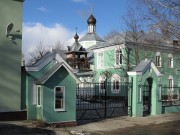

Another church is consecrated in honour of Farther John of Kronschtadt

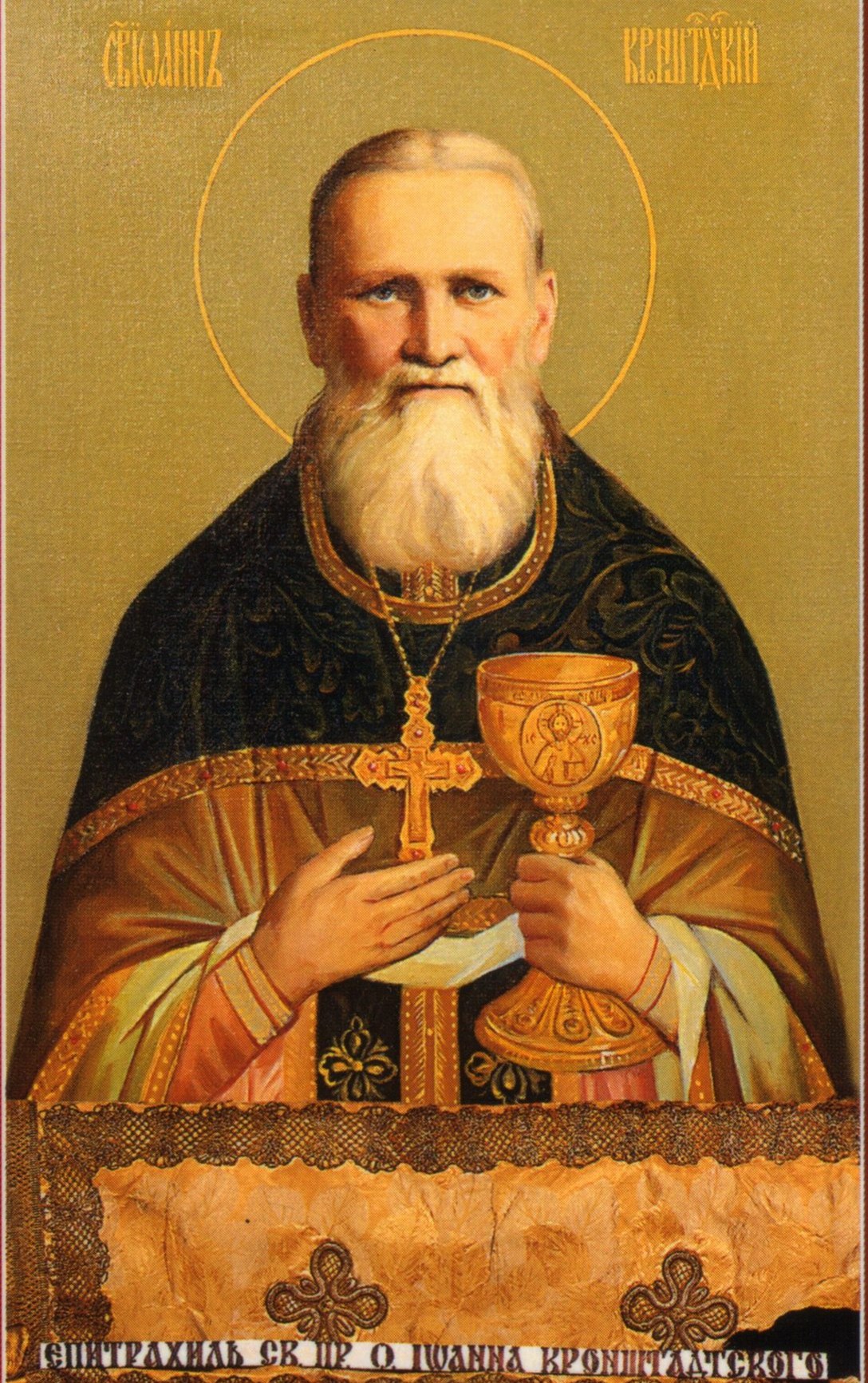
One part, or the largest portion of a given temple, is known as the main temple. A second «chapel» (with an Altar) is known as the paraecclesia. The paraecclesias are consecrated in honour of a feast or a saint.
A paraecclesia may be consecrated in honour of two (or more) saints whose feast days are on different days - thus, such «chapel» (the paraecclesia) may have an Altar feast day several times during the year.
A. The shape of the church
The temple is usually constructed in several ways: cruciform to symbolize that the Church of Christ received life and strength through the Cross; as a circular edifice to indicate the eternity of the Church for there is no beginning nor an end in a circle; as a star (octagon) to express that the Church, like stars gives off the Light of Christ; and the elongated ship-type structure shows the Church to be like a ship which takes us through the sea of life to the harbour of eternal life.

a ship-type shape a circular edifice a cruciform edifice
The shape of the St. A. Rublev church together with the Bell-tower and the Refectory represents a basilica (ship-type) temple.
B. Domes (cupolas)
The roofs of the temples are adorned with cupolas or domes:
One cupola signifies the highest head of the Church, Christ Jesus Himself;

three cupolas tell us of the three hypostases of the Holy Trinity;
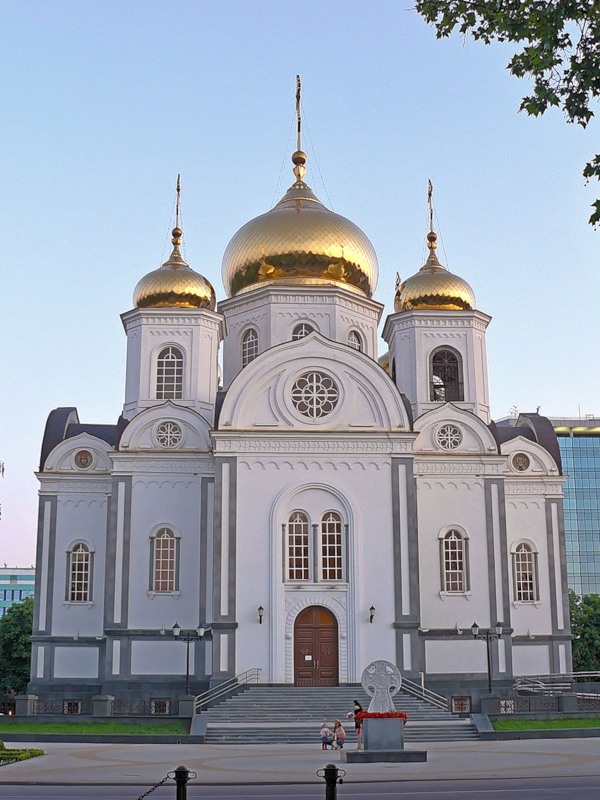
five cupolas express our Lord Jesus Christ and the four Evangelists;

seven cupolas symbolize the Seven Holy Mysteries, seven gifts of the Holy Spirit, or the seven Ecumenical Councils;
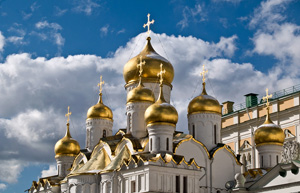
nine cupolas indicate the nine ranks of angels;

thirteen indicate Christ and His twelve Apostles.

The roof of the maim church of Electrostal is adorned one cupola. It signifies highest head of the Church, Christ Jesus Himself.

C. The Cross
The Cross, as the symbol of victory, adorns the uppermost part of the temple, the top of the cupola, or the temple has no cupola or dome, the uppermost portion of the structure. Generally the three-barred or the single barred Cross is used.
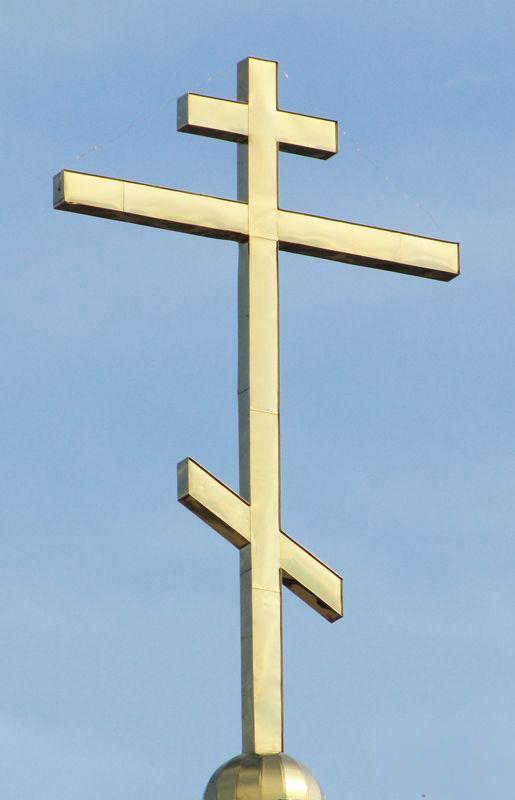
The three-barred Cross adorns the top of the cupola of our St. Andrei Rublev church.
D. Types of the Cross
 Four-ended cross
Four-ended cross
(Latin)
Six-ended cross

Equal-ended cross  Eight-ended cross
Eight-ended cross
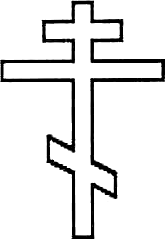
D. The symbol of Christian victory
The symbol of Christian victory-the Cross-accompanies the Orthodox believer though his entire life. The cross crowns the dome of the church as a sing of Christ's triumph over the world. The so called «teinik» cross is worn around the neck by Orthodox believers as a constant reminder of the Lord's redeeming feat and token of their union with Christ's Church.

The Sanctuary cross rises in the Sanctuary as a symbol of the focus of Christian prayer and the image of the cornerstone on which the Church is founded.
The altar cross is the symbol of the Tree of life, it is carried out during the «Great Entrance» together with the Holy Chalice.
The distinctive Russian eight-ended cross with a slanting lower cross-bar was created in Russian as early as the 12th century.

In the 16th and 17th centuries the slant of the lower cross-bar received a symbolic interpretation, according to which the upper end of the bar indicates the salvation of the soul of the good thief, while the lower indicates the perishing of the bad thief. The footbar of the cross bearing our Crucified Saviour thus becomes an image of the scales of Divine Judgement.
F. The sing of the Cross
The sing of the Cross has been used by the Christians since the time of the Apostles. It is a pious act, which Orthodox Christians make I the following manner:
The thumb, the index and the middle finger of the right hand are
joined together, while the remaining two fingers are bent and
touching the palm of the hand.
![]()

At first the forehead is touched,
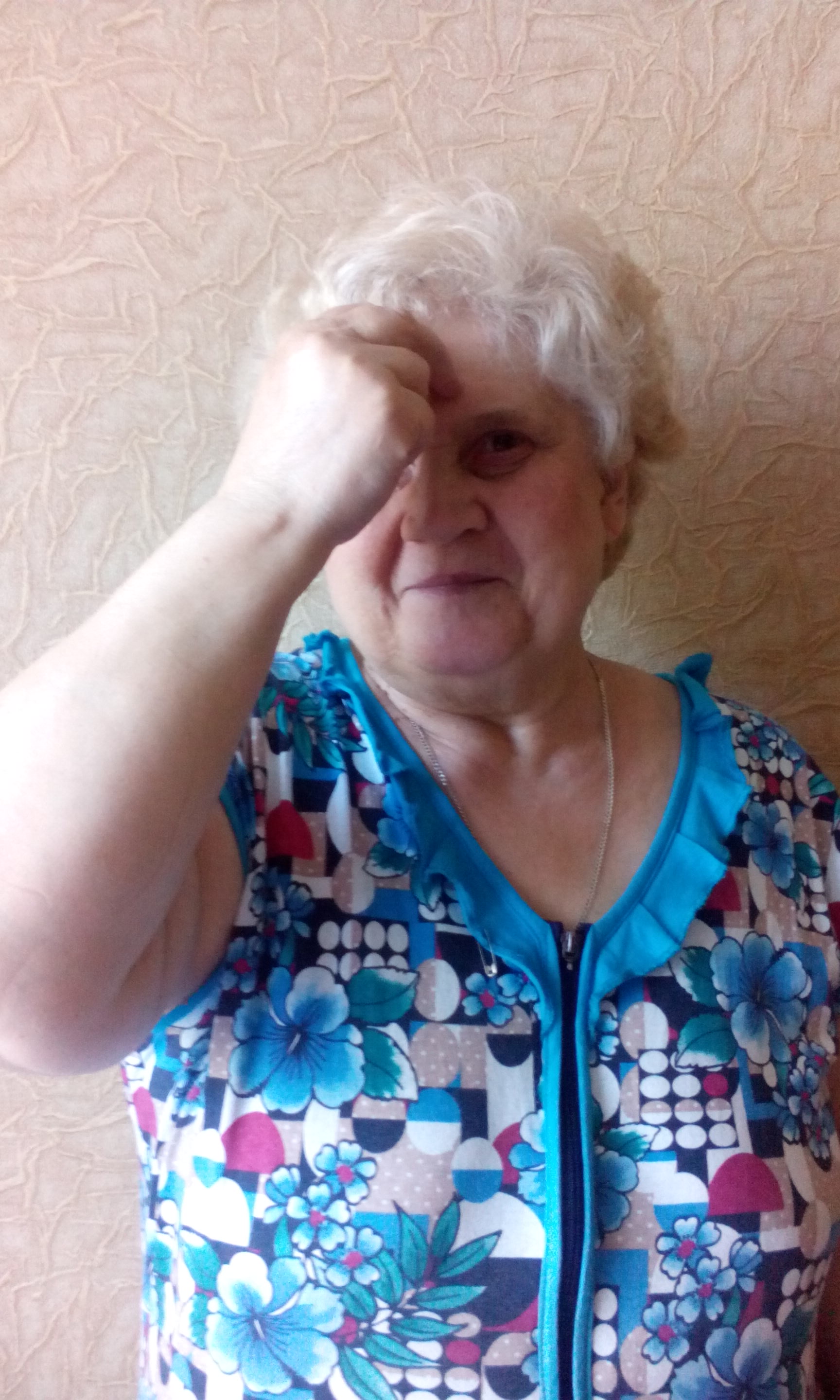
then the breast,

then the right shoulder
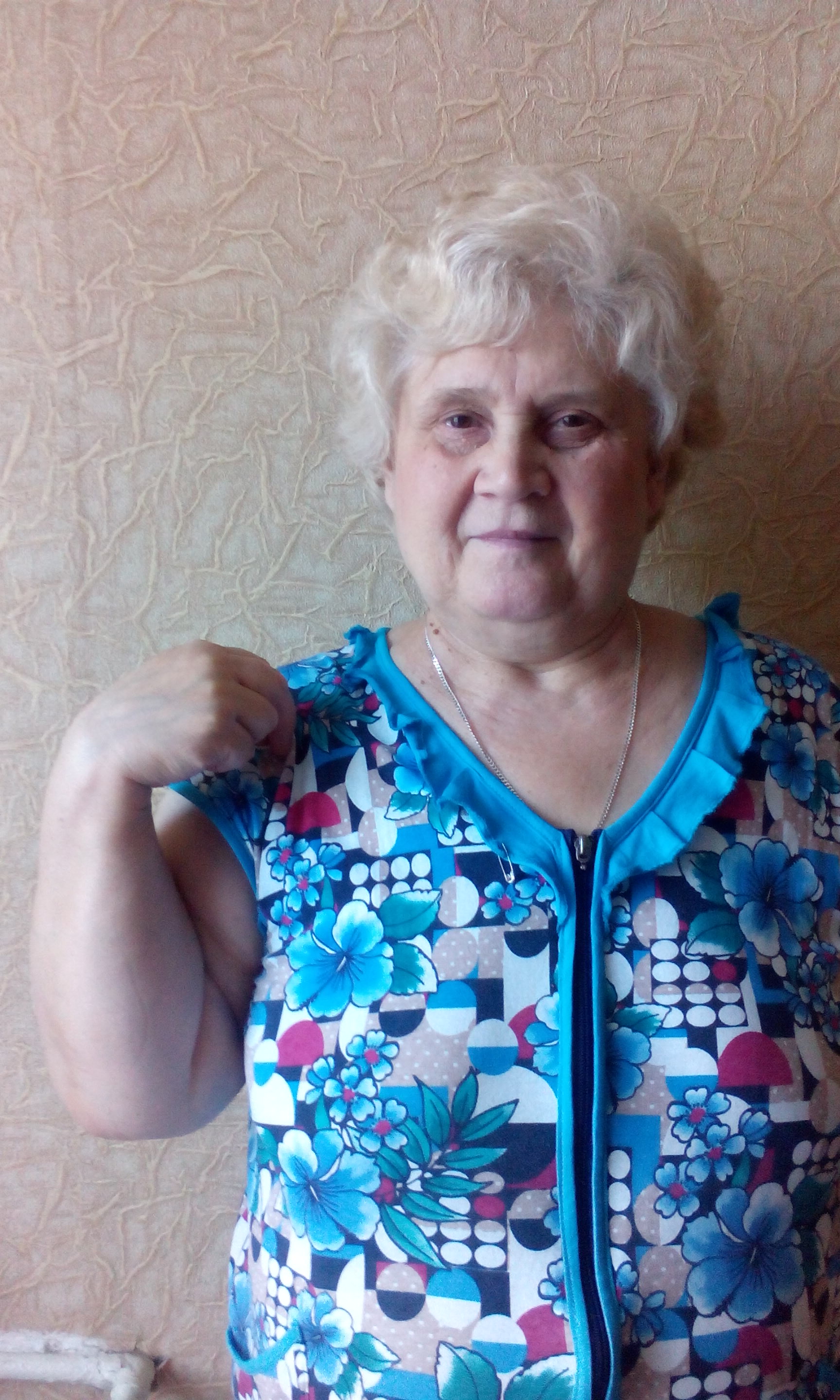
and finally the left shoulder

Besides the impression which the sign of the Cross makes on the senses, it reminds us of its spiritual meanings.
The three fingers joined together symbolize the Oneness of God in the three Persons of the Holy Trinity: Father, Son and Holy Spirit. The two fingers, bent to the palm of the hand, signify the union of the two natures in Christ, the Divine and the Human.
The touch of the forehead signified that God is in our head (in our mind), the touch of the breast signifies that God is in our heart (in our feelings). The touch of the shoulders signifies that God is in our limbs, directing them as He wills.
In other words, by the sign of the Cross we dedicate to the service of God all the power of our mind, heart and soul. We are led to this service of God by means of the sing of the Cross, because it reminds us of Christ's death on the Cross, to which «God gave His only-begotten Son» out of His love to the world 9John 3:16).
The sign of the Cross on our bodies is also a prayer for God's blessing upon ourselves and others. It has often proved a protection against evil, whether in ones inner thoughts or outward action, when made in true faith in its power. Therefore, we rightly make it when we start and close our prayers; when we enter a Church;

when we kiss the icons of the Saints; when the name of the Persons of the Holy Trinity; the name of the Virgin Mary, and of the Saints are pronounced during the Services;
when sacred instances occur during the Divine Liturgy;


when we start and finish our meals; and many other occasions.
Its frequent repetition, when we are mindful of its significance, can become to us a source and fountain of every blessing.
Finally, as in other Christian lands, crosses are for purposes of commemoration, veteration and as the fulfillment of vows were erected in Russia on holy spots or simply along the roads since time immemorial.

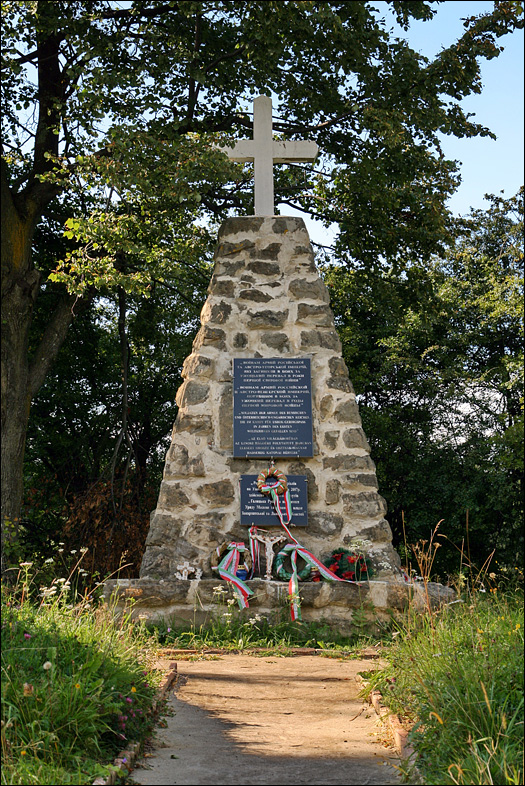
-
The church interior
As the Old Temple of Solomon, built by God's direction (Exodus 25:40), was divided into three parts: the Holy of Holies, the Sanctuary and the Courtyard, so also the St. Andrei Rublev church in Electrostal (the Christian temple) incorporates three basic parts:
t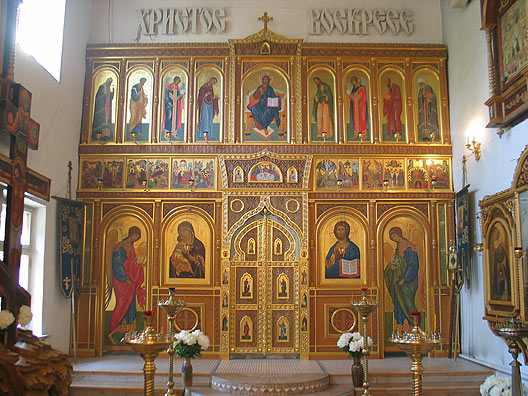 he
Sanctuary
he
Sanctuary
the church proper called the temple (nave)
and the narthex which is the vestibule and the porch.

The Sanctuary signifies the heavenly world where God resides in everlasting light; the earthly paradise where our original parents Adam and Eve lived; and finally, the place from where our Lord had gone forth to preach, where He had established the Mystery of the Holy Eucharist, where He suffered, died on the Cross, rose from the Dead and Ascended into Heaven. The Sanctuary is the place where only the celebrant and the assistants (priests, deacons, sub-deacons, servers - all in sacerdotal vestments) serve at Throne of the King of Glory. All others may not enter the Sanctuary (VI Ec. Council Canon 69, Laodoc. 44, etc.).
The church or temple (nave) is reserved for the faithful, i.e., for the laily who believe in Christ and sacramentally participate in the life of the church. The vestibule is the place of preparation for those wishing to enter the Kingdom of Grace and it is where the catechumens and penitents remain.
The Holy Sanctuary is in the eastern portion of the temple, so that all those praying face Eastward. Traditionally it is held that paradise was in the East, and our salvation took place in the East. The Lord is called The East (Orient) (Zachar. 6:12, Ps. 67:34), The East (Orient) from on High (Luke 1:78), Sun of Truth (Justice) (Malachias 4:2). St. Basil the Great states that Christians always turn to the East when praying.

The Altar (Latin alta ara - an elevated place of sacrifice) is elevated, or is in the Sanctuary which is already elevated above the nave, so that people may easily see and look upward toward the heavenly world.
The Sanctuary is separated from the choir-place and the body of the Temple by a solid Image-screen, which corresponds to the chancel-rail in the Western Church. Three doors give access through it to the different parts of the Sanctuary above mentioned.
Lights.
Lights are always used during divine service, even though it be performed in full sunlight. This is done not only for illumination, but also to show that the Lord, who dwells in light ineffable, illumines the world with spiritual radiance; to denote that the hearts of faithful believers are warmed by a flame of love toward God and his Saints; and, also, to show forth spiritual joy and the triumph of the Church.
Wax and olive oil, as the purest of substances, and free from animal matter, are used for lighing before sacred things. Artificial light also is permitted, but only for illumination. The wax and oil are symbolical of the purity and sincerity of the gifts which provide them, made in the holy Name of God.
-
Fathers
An Orthodox priest is called «Father» followed by his Christian name: Father John, Father Gregory, etc. It is a mixture of respect and informality, and he occupies in people's affection a very similar place to an ordinary father.
The great Orthodox theologians of the past are known as the Fathers of the Church, because their spiritual insight commanded the same paternal respect, whether they were ordained or not. Some of the Fathers were highly learned men. Others, such as the Desert Fathers of Egypt, were often not intellectuals but simple total Christians who radiated holiness to those around them. Either way, they were men whose teaching was and still is treasured. We can go to them today through their books, their lives or in prayer for fatherly advice and help.
Each Orthodox also has a living spiritual father who nurtures him in his faith. He may be his parish priest or a monk but in every case he will have a special care not only for his spiritual but also his wider personal development. Nowadays so many people need advice and counseling for their problems. They may thrash about seeking help from social workers, doctors and drugs - none of which offer the committed personal ongoing relationship of compassion and help of a spiritual father who is concerned with their whole being of body and soul.
Sometimes a spiritual father gains an outstanding reputation and people may make long journey for a once-in-a0lifetime visit to hear his words. Such a man is called a starets (elder) and will be seen as a great channel of grace.
On the other hand many people never need to go beyond their own parish priest for guidance. Whatever the case, each Orthodox has a unique bond with his spiritual father.
It has been mentioned that monks are often spiritual fathers - to laymen as well to other monks. Monasteries play an important part in Orthodoxy. They are seen as power-houses of prayer, great spiritual treasuries. They are peaceful and happy places, which overfull with spiritual well-being and wholeness, and lay Orthodox like to visit them for advice, renewal and to share, however briefly, in their serenity.
While the monastic profession is often not considered a sacrament like ordination or marriage many monks become deacons and priests, and all bishops are taken from the monastic clergy.
We call «Father» the rector of the church the priest Sergius Poddubnyi.

We call him father Sergius.
Father Sergius has a special place as father of his diocese, and this is made very vivid to us in services, when for part of the time he stands in the center of the church with his flock on all sides. It is a family picture

the father surrounded by his children - an image of the Kingdom of God.
-
Conclusion
Genuine Christian unity is possible only where men are one in Christ and the Holy Spirit, fully united in the truth, love and holiness of God. This unity is possible only in one Church which Christ founded, against which «the gates of hell shall not prevail» (Matthew 16:18). This unity is possible only in that Church which has preserved whole and unchanged the teachings of Christ and His Apostles, prophets, martyrs and saints. This unity is possible only in that Church which continues to proclaim the revelation of God in its fullness, not only in its doctrines and moral, but also in the whole order of spiritual, sacramental and hierarchical church life as established in the apostolic Christian community.
Where truth is not mixed with falsehood and where the ideals of Christian perfection are not mixed with false principles of human behavior; where men in perfect awareness of their weakness and sins commune with God in the fullness of His divine self-manifestation in grace, there is the one, holy catholic and apostolic Church, which is the presence and power of the Kingdom of God on earth. Only in this Church is genuine Christian unity, the unity of all men, given by God.
The Orthodox Church is the one Church of Christ. From the time of our Lord Jesus Christ and His apostles, the Orthodox Church has accepted no wrong doctrines and no false ideals of life, despite the corporate and personal failings of the members of the Church - «If we say we have no sin, we deceive ourselves, and the truth is not in us» (I John 1:8).
The Orthodox church is the one, indivisible Church of Church, not because of the works of men, but because by the grace of God expressed in the blood of the martyrs and the witness of the saints, the Orthodox Church has preserved to this day its God-given mission to be for the world «the Church which is His Body, the fullness of Him Who filleth all in all» (Ephesians 1:23).
There can be only one Church, for Christ founded but one Church. It is into this one Church that all must enter to live in perfect communion with God, with each other, and with all of creation, Orthodox Christians must never forget that their own nationalism and ethnicism often obscure and betray this divine mission of the Church. We will have to answer before God for the great gift of Orthodoxy which He has given to our care. All persons may partake freely of the truth and love and holiness of God Himself, and commune most fully and perfectly with the divine life of the Kingdom of God which Christ has brought to the world. We do not have a comfortable past, present or future. But we can accept and transfigure misunderstanding, suffering and persecution because we know the risen Lord, God with us.
Orthodoxy sees itself as simple Christianity, no more, no less; not something exotic or strange, not an unfamiliar Eastern form of the Church, but as the very Body of him Who is the Way, the Truth and the Life.
«We have seen the Resurrection of Christ; let us worship the Holy Lord Jesus, who alone is without sin. We venerate Thy Cross, O Christ, and we praise and glorify Thy holy Resurrection. For Thou art our God; we know no other save Thee; upon Thy Name we call».